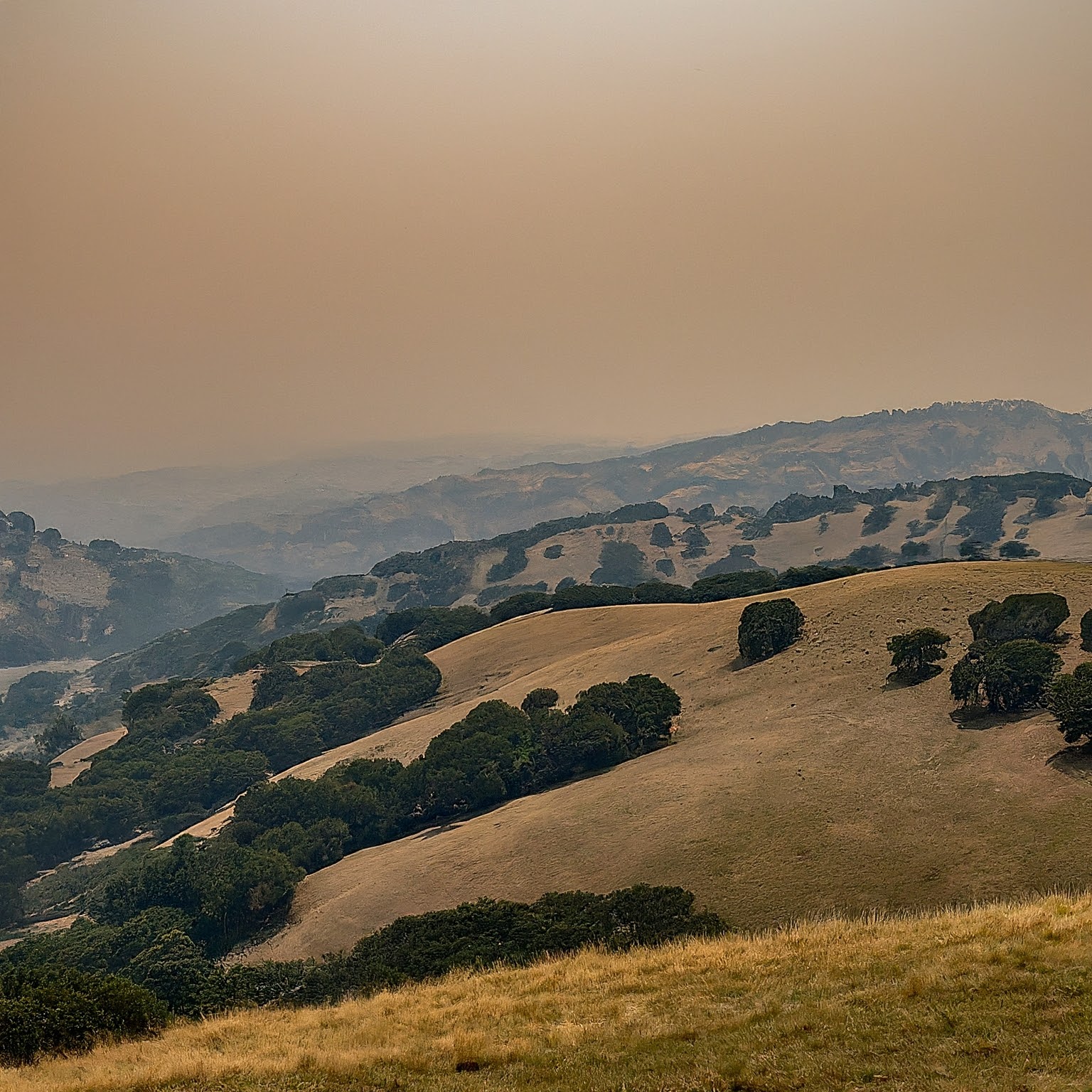Meet Ashley, Your Indoor Air Quality Champion!
Hi everyone, Ashley here! With years of experience advocating for clean air and a passion for healthy living, I’m here to help you navigate the challenges of wildfire smoke. Smoke inhalation can cause a range of unpleasant symptoms, but fear not! By implementing some simple strategies, you can significantly improve your comfort and well-being during wildfire season.
Headings:
- Understanding the Impact of Wildfire Smoke
- Symptoms to Watch Out For
- Creating a Smoke-Free Haven Inside Your Home
- Let’s Talk Air Purifiers: Friend or Foe?
- Beyond the Walls: Protecting Yourself Outdoors
- Staying Informed and Taking Charge of Your Health
Understanding the Impact of Wildfire Smoke
Wildfire smoke carries a cocktail of tiny particles that irritate your eyes, lungs, and throat. These particles can trigger various health problems, especially for people with asthma, heart disease, and other respiratory conditions.
Symptoms to Watch Out For
If you’re experiencing wildfire smoke, be on the lookout for these common symptoms:
- Coughing
- Shortness of breath
- Chest tightness
- Wheezing
- Burning eyes
- Runny nose

Creating a Smoke-Free Haven Inside Your Home
Your home should be your sanctuary from smoke. Here’s how to create a clean air haven:
- Seal the Leaks: Plug any gaps around windows and doors using weather stripping or caulk.
- Embrace the Power of Air Filters: Replace air filters in your HVAC system regularly and consider using high-efficiency particulate air (HEPA) filters for maximum protection.
- DIY Air Purification: Run your air conditioner (set it to recirculate mode if possible) to trap smoke particles. For those without AC, consider creating a DIY air purifier with a box fan and HEPA filter [Insert link to DIY air purifier instructions here].
Informative Table: Indoor Air Quality Strategies
| Strategy | Description | Benefits |
|---|---|---|
| Seal Leaks | Plug gaps around windows and doors | Reduces smoke infiltration |
| Upgrade Air Filters | Replace air filters with HEPA filters | Traps smoke particles more effectively |
| DIY Air Purifier | Create a low-cost air purifier using a box fan and HEPA filter | Provides basic air filtration |
Let’s Talk Air Purifiers: Friend or Foe?
Air purifiers can be a valuable tool, but they’re not a magic bullet. Opt for HEPA-certified purifiers sized appropriately for your room. Remember, air purifiers work best in closed spaces.
Beyond the Walls: Protecting Yourself Outdoors
Limit outdoor activities when smoke levels are high. If you must go outside, wear a well-fitting N95 mask to reduce smoke inhalation.
Staying Informed and Taking Charge of Your Health
Monitor air quality reports from reputable sources like the Air Now https://www.airnow.gov/ website. If your symptoms worsen, consult your doctor immediately.
By following these tips and staying informed, you can effectively manage the effects of wildfire smoke and safeguard your health throughout the season. Remember, taking charge of your indoor air quality and being proactive about protecting yourself outdoors are key to staying healthy during wildfire season.




